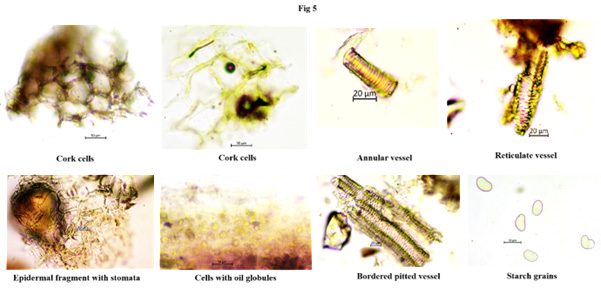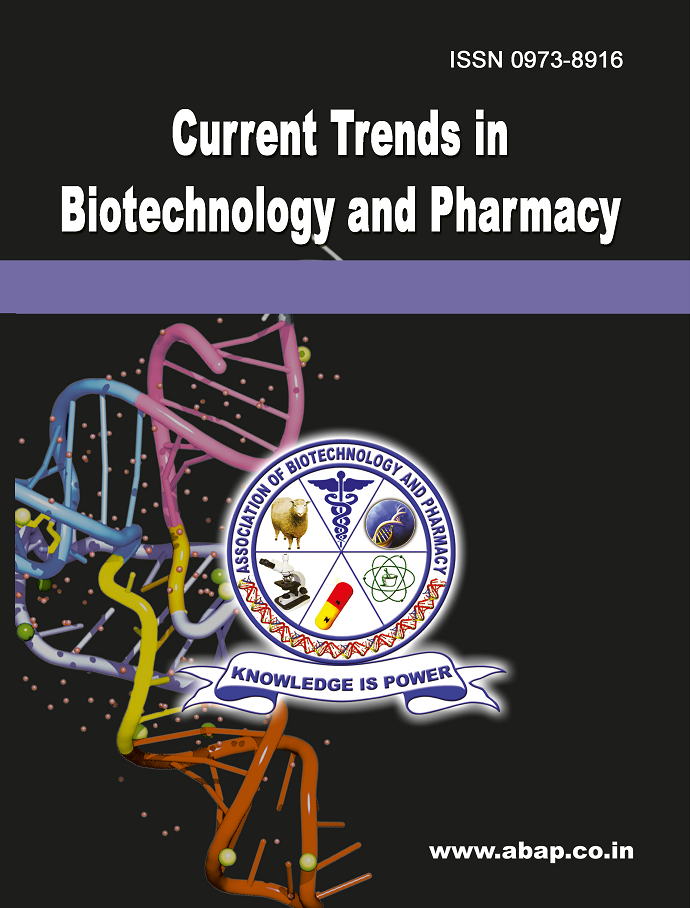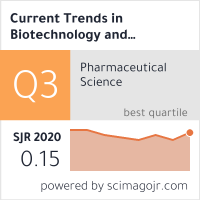Exploring the Anti-Hepatocarcinogenic Efficacy of Launaea sarmentosa in NDEA-Induced Wister Albino Rats
DOI:
https://doi.org/10.5530/ctbp.2025.3.30Keywords:
Launaea sarmentosa, hepatocellular carcinoma, Anti-oxidant, hepatic biomarkers, inflammatory biomarkersAbstract
Launaea sarmentosa (Asteraceae) rich in alkaloids, flavonoids and glycosides has traditionally popular therapeutic virtues, particularly in treating cancer. This work was aimed to assess the anticancer efficacy of aerial part of Launaea sarmentosa extracted with ethanol (EELS) against hepatocellular carcinoma (HCC) induced by N-Nitrosodiethylamine (NDEA)+phenobarbital+ CCl4 in Wister albino rats. Firstly, pharmacognostical parameters of the plant was established followed by in vitro antioxidant studies. Successively, in vitro and in vivo anticancer survey of EELS (100, 200 and 400 mg/kg) was performed correspondingly in HepG2 cells and NDEA-induced HCC in Wister albino rats along with detailed biochemical, morphological and histopathological assessment. EELS administration (14 days) reinstated the altered body weight to normalcy and prevented subsequent rise of liver weight as a prognostic marker in HCC. The in vitro study presented promising antioxidant action of EELS correlating with in vivo results (enzymatic, non-enzymatic antioxidants and lipid peroxidation). A remarkable reduction in hepatic biomarkers (ALP, ALT, and AST) as well as inflammatory biomarkers (IL-1β and TNF-α) were observed in EELS-treated animals in a concentration-dependent manner. Finally, histopathological investigation of the liver tissue showed restoration of typical tissue skeleton along with reduced expression of proliferative markers on EELS administration as compared to untreated HCC animals. Outcome of this experiment have established anti-hepatocarcinogenic capacity of EELS, thereby advocating its use along with conventional therapies for HCC.



